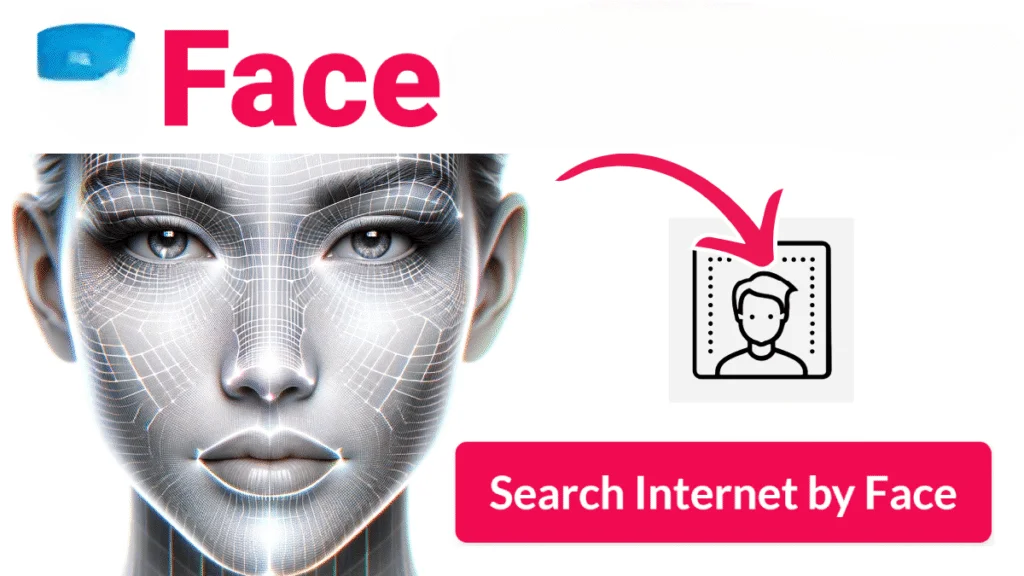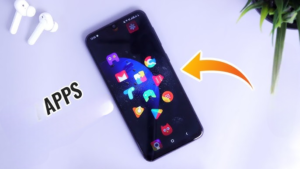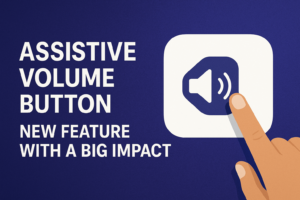Mobile face ID scan has transformed the way users unlock their devices and verify identities with a simple glance. It uses advanced facial recognition technology that maps the unique features of a person’s face with high accuracy. This method is faster, more secure, and more convenient than traditional passwords or patterns. With just a look at the screen, users can unlock apps, authorize payments, and access sensitive data easily. The seamless integration of face ID into mobile systems makes daily interactions smoother and more secure.
Every time the phone is lifted or the screen is tapped, the face scanner activates to identify the user. It uses sensors and infrared technology to scan even in low-light conditions. This provides an effortless experience for users while maintaining a strong layer of protection. It also ensures that unauthorized people cannot access the device, even if they try using photos or masks. Face ID adapts over time by learning subtle changes in appearance, like beards or glasses. This intelligent system keeps improving for better user trust and comfort.
Face ID scanning is now being used beyond just unlocking phones. Many financial apps allow login and transaction approval through facial recognition. It helps users avoid remembering multiple passwords and makes online activities much more secure. This has also reduced fraud and unauthorized access in mobile banking. Users feel more confident when using their phones for shopping, transferring money, or managing sensitive accounts. The accuracy and reliability of face ID builds strong digital safety.
Modern smartphones come with built-in face scanning hardware that works with special software. The sensors detect depth and facial features, creating a 3D facial map. Unlike fingerprint or pattern unlocks, face ID doesn’t require touch or movement. It can unlock even when the user’s hands are busy or wet. This hands-free approach adds comfort and speed to mobile usage. It reflects how mobile technology is evolving toward smarter, more user-friendly systems.
As privacy concerns grow, face ID has developed features to secure user data on the device itself. The facial data never leaves the phone or gets stored in external servers. This gives users control over their own biometric information. Companies ensure the face scans are encrypted and locked within secure parts of the system. This helps reduce fears around surveillance or data misuse. People feel safer knowing their identity is protected.
Many phone users prefer face ID because it offers a personal and responsive way to access their devices. It feels futuristic and blends easily into everyday actions. Whether checking notifications, replying to messages, or using payment apps, it adds fluidity. Even with masks or partial face visibility, advanced systems now recognize the user reliably. The convenience of not typing passwords every time makes face ID highly appreciated.
Children and older adults also find face ID easier to use compared to typing or drawing patterns. It provides accessibility for people who may struggle with traditional unlocking methods. This makes smartphones more inclusive and easier for different users. With continuous updates, the facial recognition system gets better over time. It reduces the chance of errors and keeps pace with user needs. Technology becomes more friendly and adaptive through face ID.
Face ID scanning is also being used in public apps and systems. Some airports, hospitals, and hotels use it for check-ins and verifications. This helps speed up processes while reducing physical contact. With growing focus on hygiene and digital efficiency, face recognition fits naturally into modern services. It adds value not just for individuals but also for businesses. The use of mobile face ID is expanding into everyday services quickly.
Developers continue improving the accuracy and speed of face ID with new algorithms. They test how well the system works in different lighting, angles, and expressions. This ensures it works smoothly for everyone and in every condition. The goal is to create a secure and fast experience without requiring extra steps. Mobile companies invest heavily in this feature to give users the best performance. It becomes a key part of the phone’s overall identity.
In the future, face ID may combine with other features like voice recognition or eye tracking. This can create multi-layered security systems that are nearly impossible to fake. As phones become smarter, the role of face scanning will only grow stronger. It brings together convenience, privacy, and safety in one powerful tool. With constant innovation, mobile face ID continues to shape the future of digital access.
Face ID technology also plays a big role in app-level security. Many apps, such as photo galleries or private folders, allow users to lock content with face recognition. This means that even if someone accesses the phone, they can’t view personal or sensitive files without the correct face. It offers peace of mind for users who store private information on their devices. This personalized security system creates a unique digital experience that feels safe and effortless.
In work environments, face ID is being explored for employee attendance and secure entry systems. Instead of punching cards or typing passwords, a simple scan grants access. It saves time and increases accuracy in tracking work hours. It can also be connected with mobile-based entry systems, reducing the need for physical ID cards. This enhances workplace efficiency and reduces human error. It adds a smart and secure method to daily professional routines.
Mobile devices with face ID can also assist in health and wellness tracking. Some apps use facial analysis to check signs of stress or tiredness by scanning expressions. This can help users become more aware of their mental health. Though still in early stages, such uses show how face ID could play a role in personal care. It adds value beyond unlocking and security, supporting lifestyle improvements. The future of face recognition may include emotional detection as part of user support.
Children’s phones can also benefit from face ID by limiting who can use them. Parents can set it up to allow only their own face or the child’s for unlocking. This prevents misuse of devices and helps control screen time. It also ensures that learning apps or educational content stay secure and private. It becomes a tool for better digital parenting. With user-friendly design, face ID makes mobile safety easy for families.
Face ID adapts even when a person’s appearance changes. Whether it’s growing a beard, changing hairstyle, or wearing accessories, the system learns and adjusts. This makes the technology reliable over long periods of time. Users don’t need to constantly reset their security options. It offers a smart blend of flexibility and consistency. This learning ability makes face ID more dependable than static passwords or pins.
As more devices use face scanning, the standards for speed and accuracy continue to improve. New models unlock phones in milliseconds with better accuracy across different skin tones and face shapes. This inclusiveness ensures that everyone gets the same secure experience. It shows how face ID evolves to serve a wide range of users. Equal access to technology makes the feature truly global in reach and purpose.
Security researchers often test face ID systems to find weaknesses and suggest improvements. This helps companies patch risks and create stronger systems. These tests make sure the tech is not just advanced but also trustworthy. Through these efforts, face ID earns user confidence. Transparent updates and regular improvements make it more resilient. Trust in digital security grows when systems are tested and upgraded.
Face ID also saves time in daily life by reducing repetitive actions. People no longer need to type long passwords or remember multiple logins. It works quietly in the background, offering access without effort. This balance between ease and protection makes it ideal for modern users. The focus is shifting from input-based security to intelligent recognition. This change is reshaping how people interact with technology.
Even in offline conditions, face ID works perfectly since the data is stored within the device. There’s no need for internet to verify identity, which adds reliability in any location. This is useful during travel, outdoor use, or emergencies. The system works consistently regardless of network connection. This independence adds a layer of dependability to the device's core functions.
As AI continues to grow, face ID will become even more personalized and intuitive. It might detect user moods or respond to emotional expressions in future applications. This will open new doors for interactive mobile experiences. It’s not just about access anymore — it’s about understanding the user better. Face ID is not just a feature, it’s the beginning of a smarter digital world.









